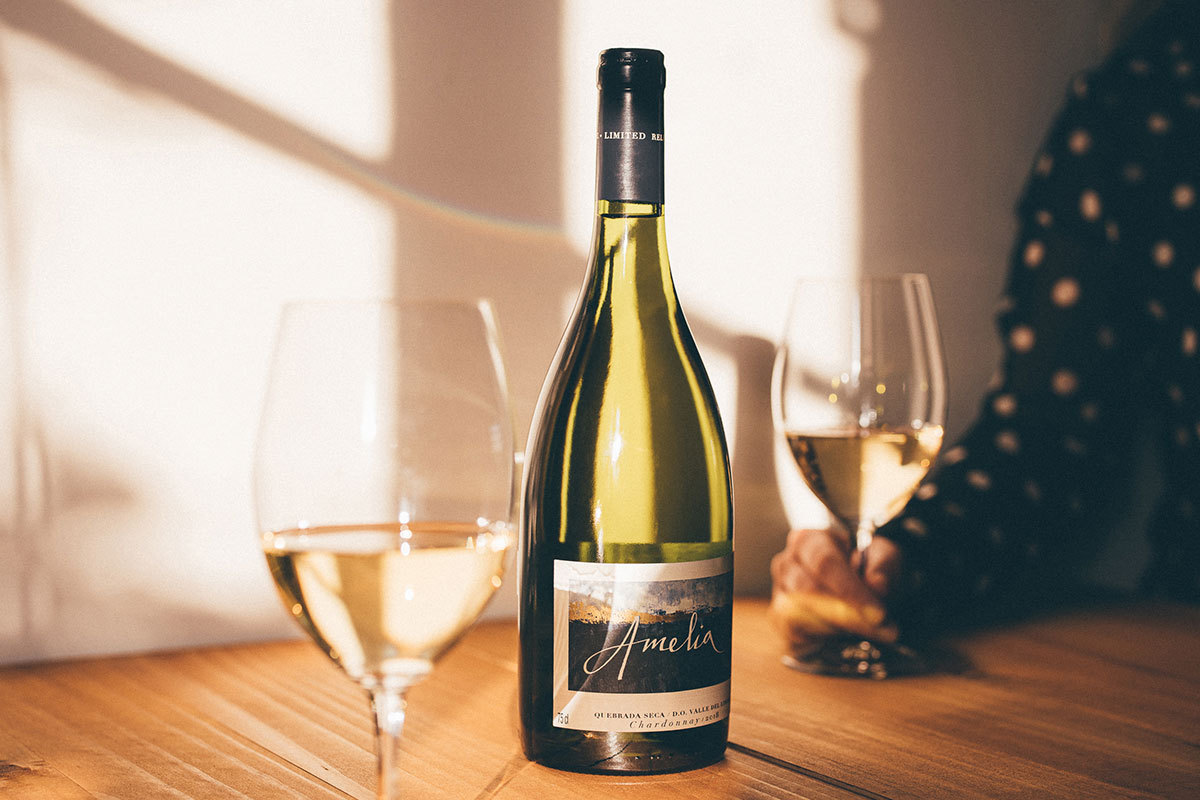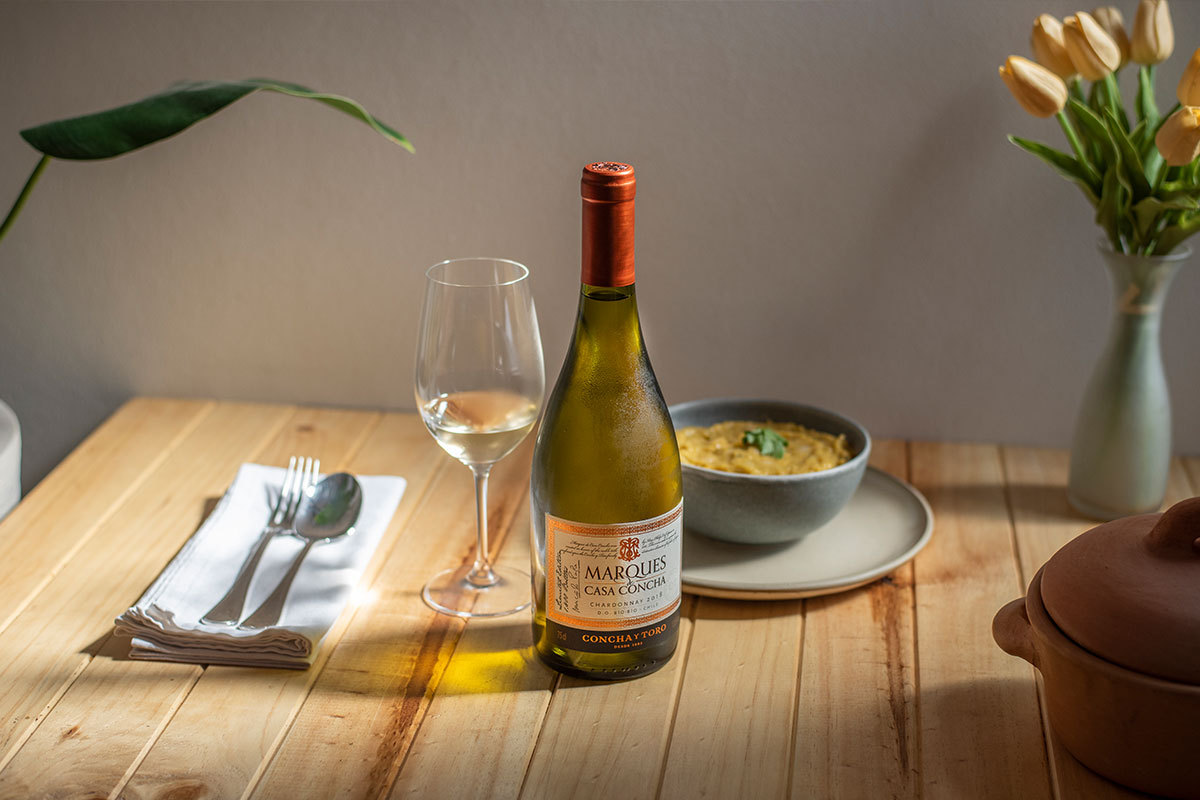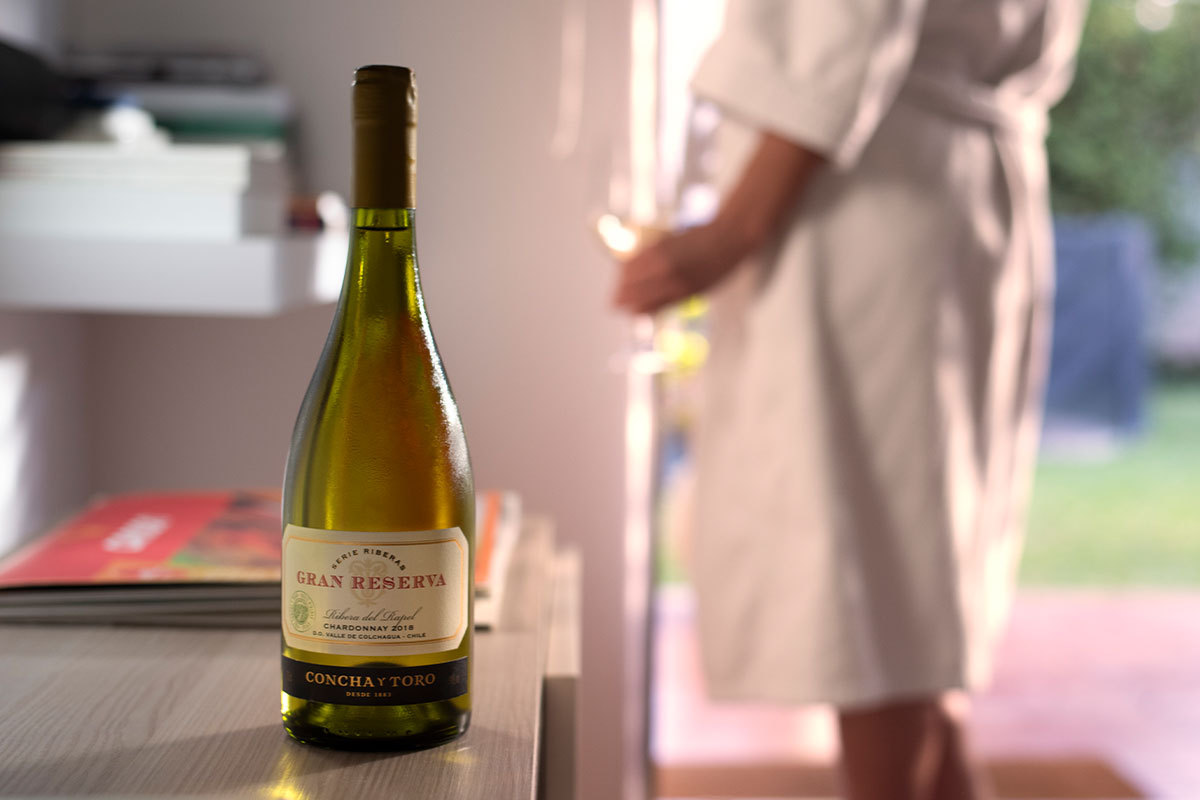Chardonnay is the most popular white wine in the world and thanks to its prestige, already has its own date on the calendar.
On May 21st is when the International Chardonnay Day is celebrated, a grape variety originated in the French area of Burgundy, although due to its great versatility today it is vinified in practically any wine-growing area. Its sturdy plant with green-skin berries can adapt to any weather, while its neutrality makes it incredibly attractive to winemakers when choosing a variety.
Chardonnay’s flavours range from citrus fruits such as lemon, green apple, to tropical fruits like pineapple or mango. It all depends on the climate in which it is grown and its harvest date, of course. The cooler the climate and the earlier the harvest, the Chardonnay will be fresher and with citrusy aromas, like Amelia Chardonnay. While in hot climates or in later harvests, the grapes will be riper, and the wine will develop fruit flavours with greater sweetness and less acidity. But beyond these characteristics, in general we find two strong styles: one citrusy and the other creamy.

These Chardonnay profiles are basically due to the process in which man intervenes, that is, the winemaking process. The decision to use oak or not, either in the fermentation or in the aging process, is the reason why Chardonnay has two quite different styles from each other.
Unoaked Chardonnay
When Chardonnay doesn’t have oak, it means that its fermented and store in stainless steel tanks (or another container that is not an oak barrel) where its exposure to oxygen is avoided. Under this method, the variety naturally shows the vineyard’s expression, as oak doesn’t intervene. Its objective is to emphasize the acidity. They are very citrusy and fruit-forward wines, even crunchy. The aromas of lime, green apple, peach, pineapple, mango and sometimes also floral notes tend to stand out. Its body is light, and its colour is vibrant. To enjoy this freshness that characterizes them, it is recommended to drink them while young instead of storing them, except for Chablis wines: Chardonnay from the north of France in which they rarely use oak but have great aging capacity. Also, serve them very cold (at about 10 degrees C), to accompany dishes such as white meat, seafood, pasta and tomato-based recipes such as pizzas or Parmigiana di melanzane.
Oaked Chardonnay

When we say that a Chardonnay has oak, it means that oak barrels are used in its fermentation, its storage or in both processes. Oak allows the wine greater oxygenation, which gives it aromas of baked apple or dried fruits, to name a few, a rounded and creamy mouthfeel, as well as giving it its aromas of vanilla, coconut and other spices. It is also very common for this type of Chardonnay to have malolactic fermentation (a process in which bacteria convert malic acid into lactic acid, reducing the acidity of the wines), which exacerbates its creamy profile, offering aromas and flavours of butter, hazelnuts, honey and caramel. This style works very well with mildly seasoned white meat dishes such as chicken, pork or fish, ideally using butter, cream and mild herbs. They also complement toasted flavours of baked dough and caramelized vegetables. We recommend you try this dishes with Marques de Casa Concha Chardonnay Limited Edition or Gran Reserva Riberas Series Chardonnay, ideally serving them at an average temperature of 12 degrees C, to elevate your experience.





